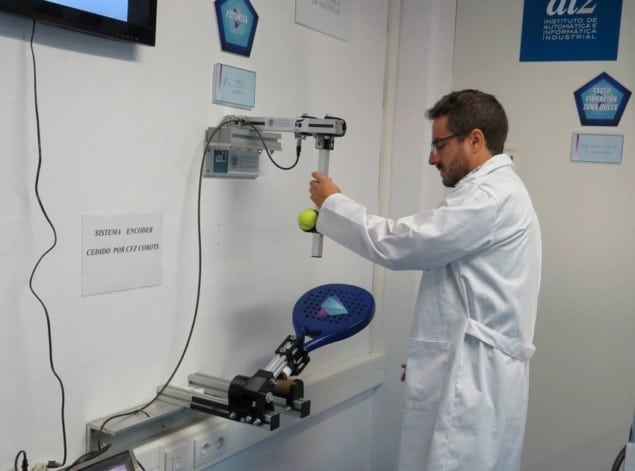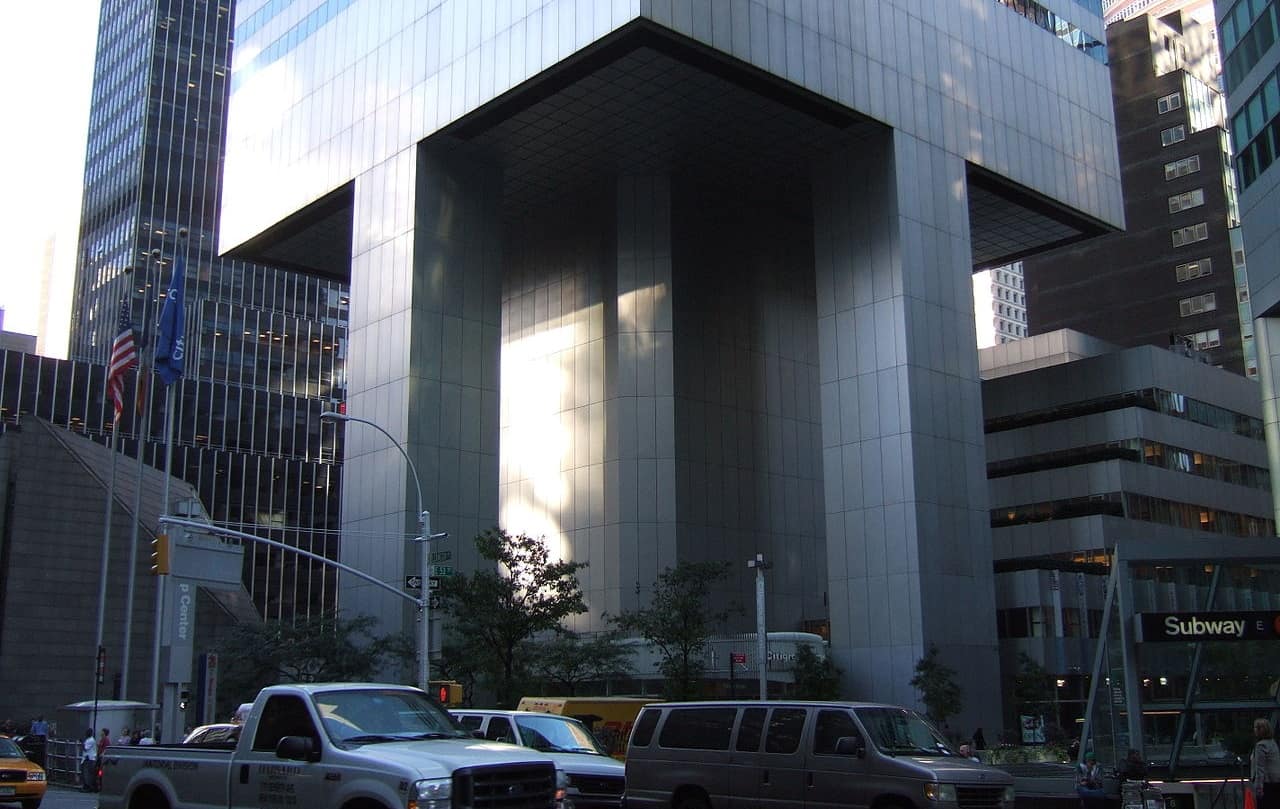
Padel is a tennis-like sport with a racquet that looks a bit like a giant table-tennis paddle with a grid of holes in it. Now, researchers at the Polytechnic University of Valencia have created a robotic tester for padel racquets that measures multiple parameters including power and blocking capability. The system also measures how vibrations created by striking a ball allow a player to “sense” their shot and the size of the racquet’s “sweet spot”.
The system was created by a team led by Martín Mellado, who says “working with robotic technology allows us to give the movements a very accurate repeatability that would be impossible to achieve even with a professional player”.
Symmetry is a joint publication of Fermilab and SLAC and often features the stories of physicists who have lived interesting lives. This week, the Korean-American physicist Chang Kee Jung is profiled. Jung grew up in poverty following the Korean War and decided he wanted to be a professor at age six and had settled on physics by the time he was 12. He studied at the prestigious Seoul National University but nearly threw away his chance of fulfilling his dream because of his love for mountaineering.
You can read more about Jung in “The thrill-seeking physicist” by Meredith Fore.
In 1978, the renowned structural engineer Bill LeMessurier received a phone call from an engineering student in New Jersey asking about his design of a newly-built Manhattan skyscraper. Diane Hartley said that she had been told by a professor that the four dramatic pillars that float the edges of the 59-floor Citicorp Center (now called 601 Lexington Avenue) 35 m above street level were in the wrong places when it came to resisting strong winds.

The story goes that LeMessurier explained to Hartley that his design was indeed safe, but her question preyed on his mind and he investigated further – doing calculations and reviewing the design of the building. He found that a certain aspect of wind stress was higher than he had previously thought, but not a problem because the affected steel joints had been welded during construction. But then he discovered that the joints had been bolted not welded – and no-one had thought of telling him.
After doing new wind-tunnel tests on a model of the building, the decision was made to weld the joints in a secret repair programme, which was ongoing as a hurricane struck New York City. The building held, and the story remained a secret until 1995, when it broke in the New Yorker.
Now, NISTS’s Dat Duthinh has repeated those wind tunnel tests and found that the welding was unnecessary after all. He describes his study in “Blown away: revisiting a famous engineering case”.



